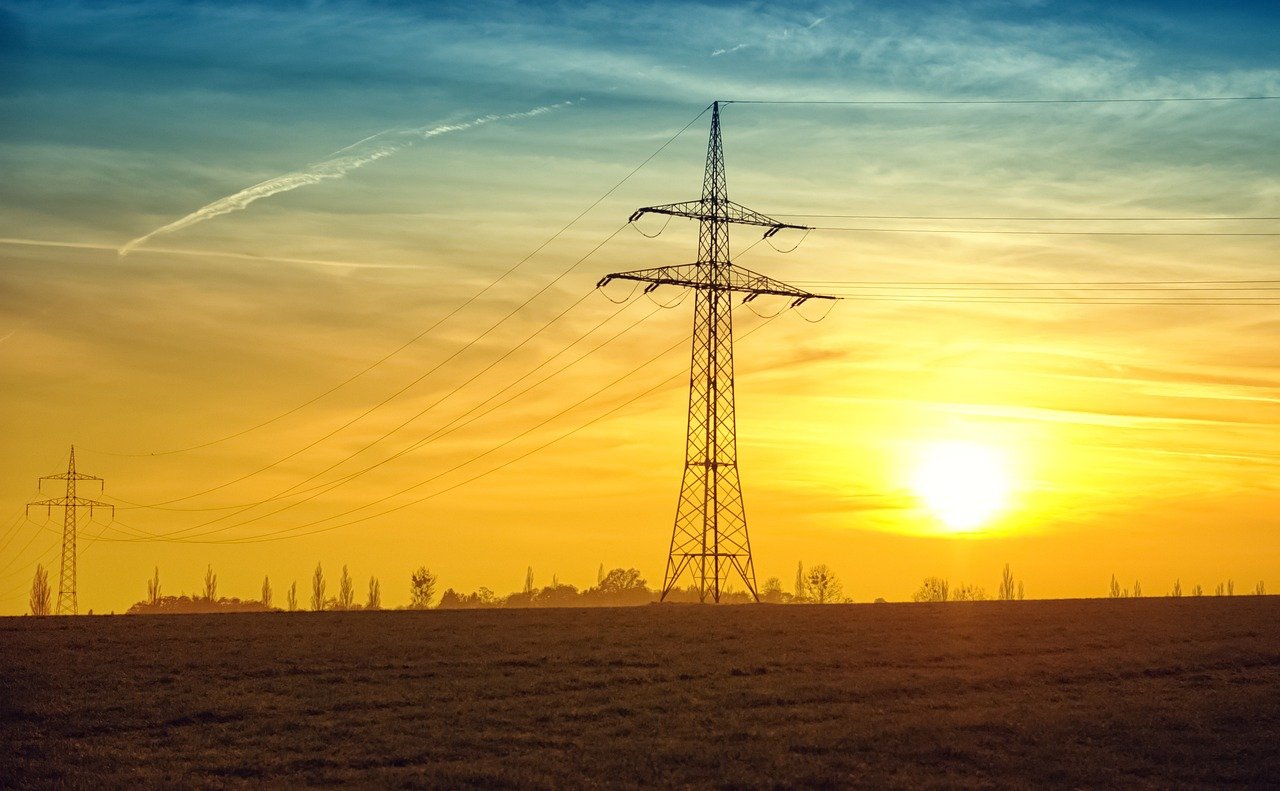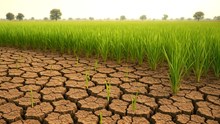
Global electricity demand is increasing at its fastest rate in years, driven by robust economic growth, intense heatwaves, and the rise of electric vehicles (EVs) and heat pumps, according to a recent report by the International Energy Agency (IEA). At the same time, renewable energy sources are rapidly expanding, with solar photovoltaic (PV) technology on track to set new records.
The IEA's Electricity Mid-Year Update forecasts a 4% increase in global electricity demand in 2024, up from 2.5% in 2023. This represents the highest annual growth rate since 2007, excluding exceptional rebounds following the global financial crisis and the COVID-19 pandemic. The strong growth in electricity consumption is expected to continue into 2025, with another 4% increase predicted.
Renewable energy sources are also set to see significant growth, with their share of global electricity supply projected to rise from 30% in 2023 to 35% in 2025. For the first time, the amount of electricity generated by renewables in 2025 is expected to surpass that generated by coal. Solar PV is anticipated to meet roughly half of the growth in global electricity demand over 2024 and 2025, with solar and wind combined meeting as much as three-quarters of this growth.
Despite the rapid increase in renewables, coal power generation is unlikely to decline this year due to strong demand, especially in China and India. Consequently, carbon dioxide (CO2) emissions from the global power sector are expected to plateau, with a slight increase in 2024 followed by a decline in 2025. However, uncertainties remain, such as the potential for increased Chinese hydropower production, which could reduce coal-fired power generation and result in a slight decline in global power sector emissions in 2024.
Some of the world’s major economies are experiencing particularly strong increases in electricity consumption. In India, demand is expected to surge by 8% this year due to strong economic activity and powerful heatwaves. China is also set to see significant demand growth of more than 6%, driven by robust activity in the services and various industrial sectors, including the manufacturing of clean energy technologies.
In the United States, electricity demand is forecast to rebound by 3% this year amid steady economic growth, rising cooling demand, and an expanding data center sector. Conversely, the European Union is expected to see a more modest recovery in electricity demand, with 1.7% growth following two consecutive years of contraction due to the impacts of the energy crisis.
The increasing use of air conditioning is a significant driver of electricity demand in many parts of the world. Multiple regions faced intense heatwaves in the first half of 2024, elevating demand and putting electricity systems under strain, according to the report.
Keisuke Sadamori, IEA Director of Energy Markets and Security, stated, "Growth in global electricity demand this year and next is set to be among the fastest in the past two decades, highlighting the growing role of electricity in our economies as well as the impacts of severe heatwaves. It’s encouraging to see clean energy’s share of the electricity mix continuing to rise, but this needs to happen at a much faster rate to meet international energy and climate goals. At the same time, it’s crucial to expand and reinforce grids to provide citizens with secure and reliable electricity supply – and to implement higher energy efficiency standards to reduce the impacts of increased cooling demand on power systems."
With the rise of artificial intelligence (AI), the electricity demand of data centers is drawing increased attention, underscoring the need for more reliable data and better stocktaking measures. The report highlights the wide range of uncertainties concerning the electricity demand of data centers, including the pace of deployment, the diverse and expanding uses of AI, and the potential for energy efficiency improvements. Improved collection of electricity consumption data for the data center sector will be essential to correctly identify past developments and better understand future trends.
As part of the new initiative, "Energy for AI & AI for Energy," the IEA will consult with governments, industry, researchers, and civil society experts. A major milestone will be the Global Conference on Energy and AI, taking place in Paris on December 5, 2024.
















